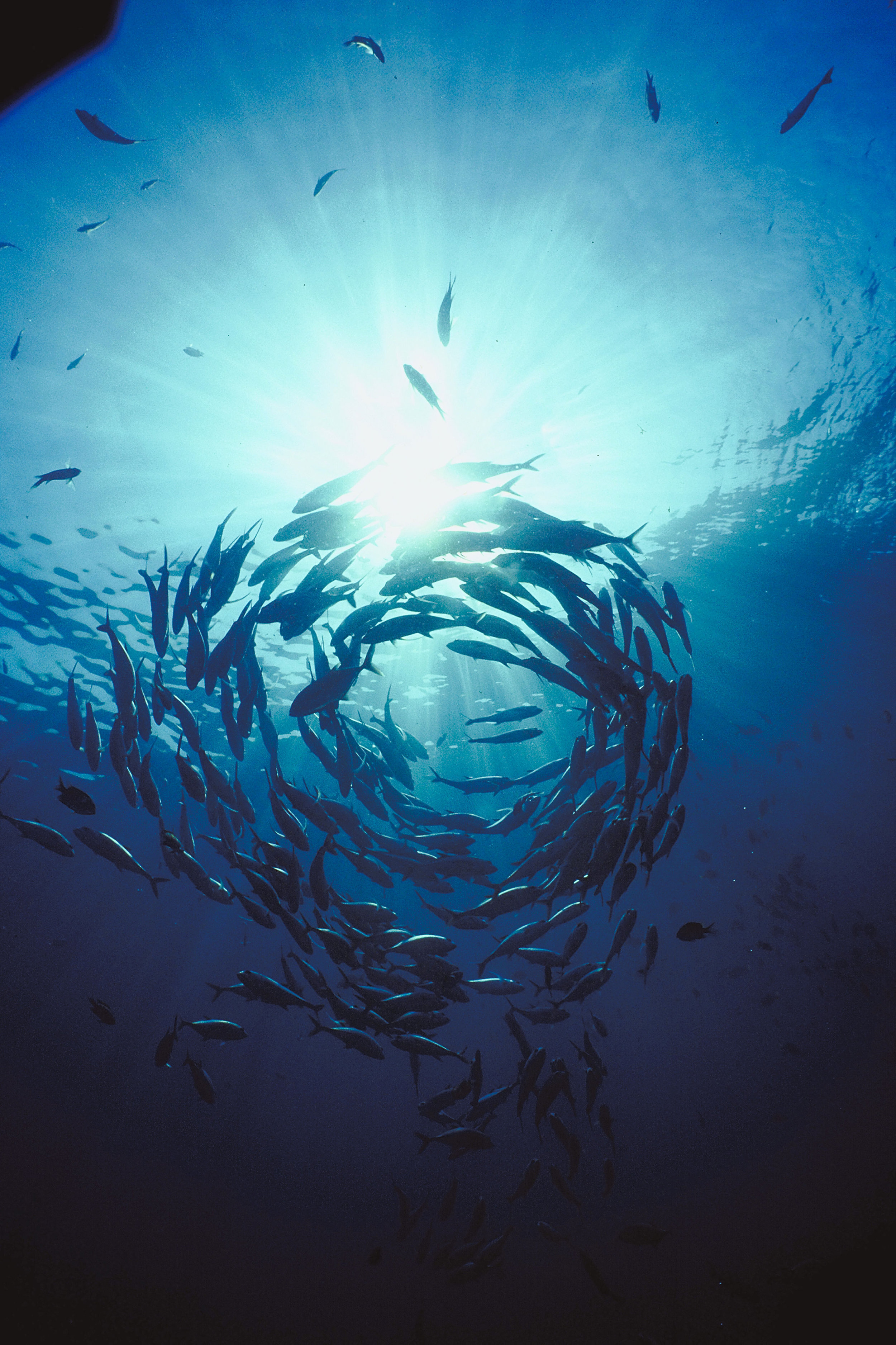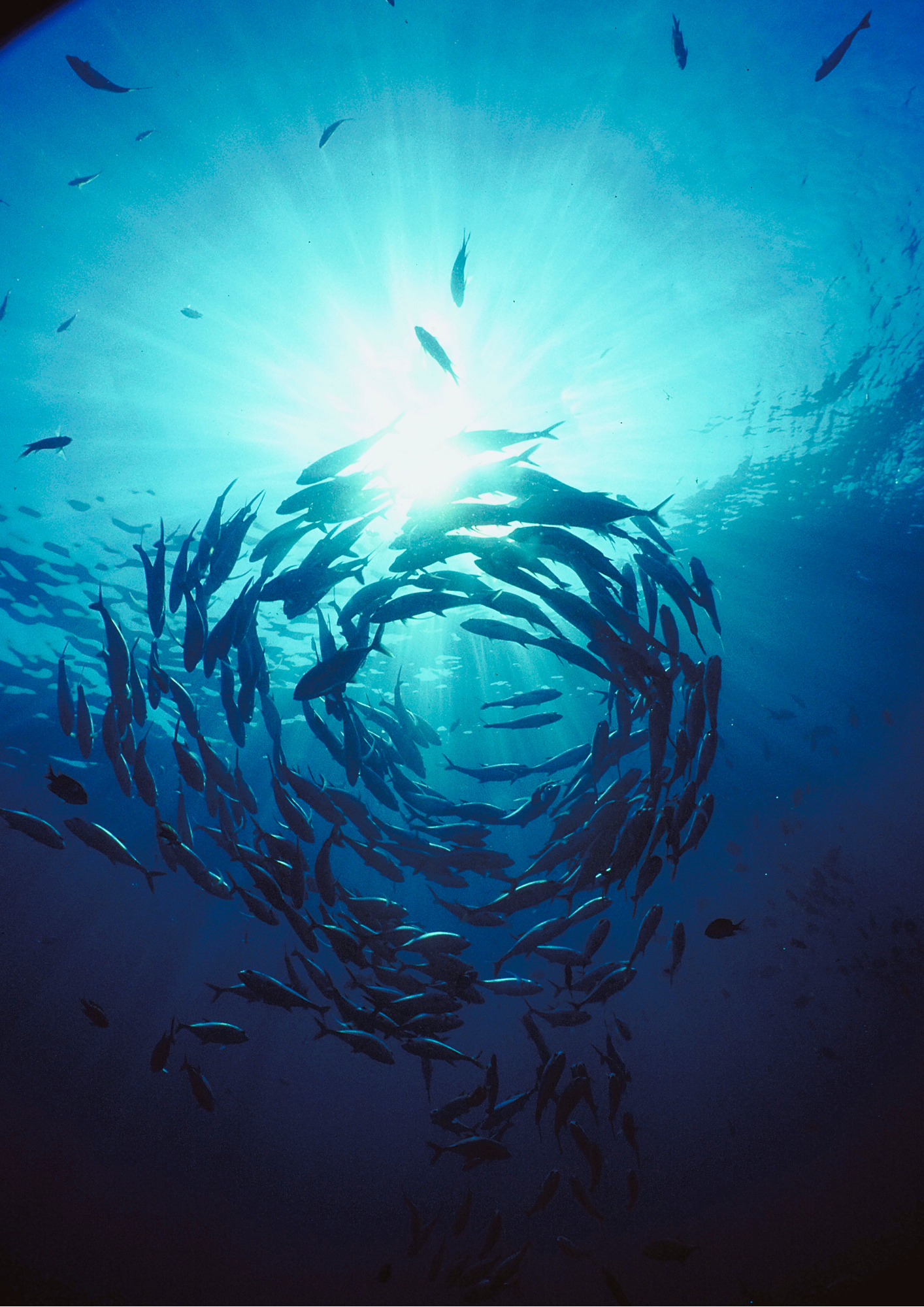
Revolutionising ocean forecasting.
Marine Heatwaves | Temperature Sensors
Kaimoana Connectivity| Cross Cultural Ocean Knowledge
Bringing together 54 experts from across 14 national & international organisations, the Moana project is changing the way we see our seas.
While the oceans around New Zealand have been mapped, knowledge of local ocean dynamics is extremely sparse, and not readily available to the people who need it.
Access to good information and tailored-to-purpose products is becoming more important as our oceans are changing and marine heatwaves are impacting NZ waters and our ocean industries. The Moana Project is an $11 million ocean project funded by the NZ Ministry for Business, Innovation and Employment. The project aims to vastly improve understanding of coastal ocean circulation, connectivity and marine heatwaves to provide information that supports sustainable growth of the seafood industry, science research efforts, iwi initiatives and how we manage our marine environments.
Interested in learning more?
The Moana Project aims to develop New Zealand's first Ocean-Atmosphere Knowledge Infrastructure.
Using state-of-the-art science, we will establish a suite of high-resolution open-access models detailing atmospheric conditions, sea level, ocean temperatures and ocean currents. The data and model results will be made openly available, directly and through a series of data access tools. This will facilitate world-leading science on the ocean circulation dynamics in NZ's economic exclusion zone, leading to improved understanding and the growth of the blue economy.

Want to hear more?
Sign up to our mailing list and be the first to hear about Moana project news.











